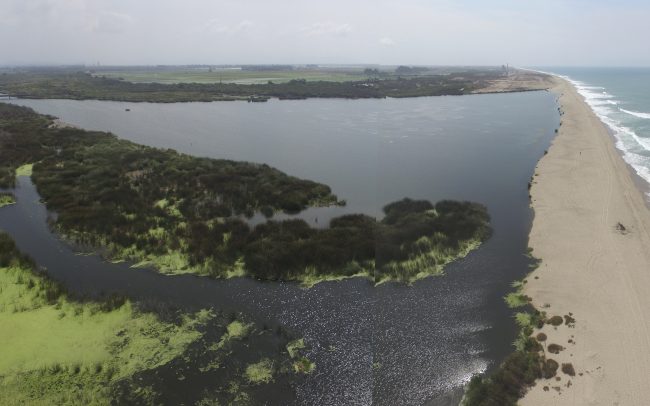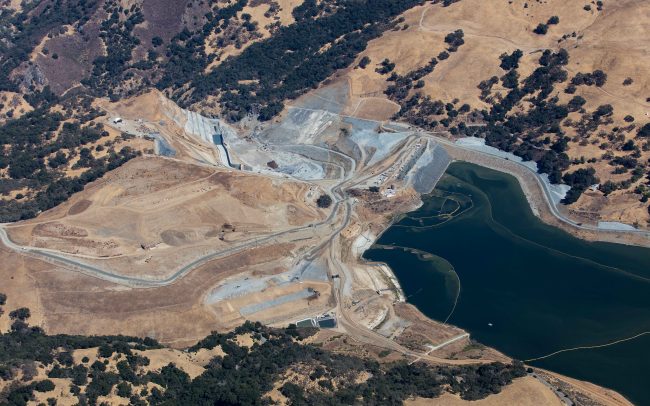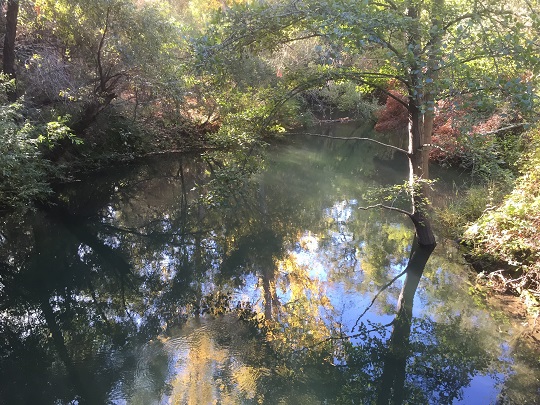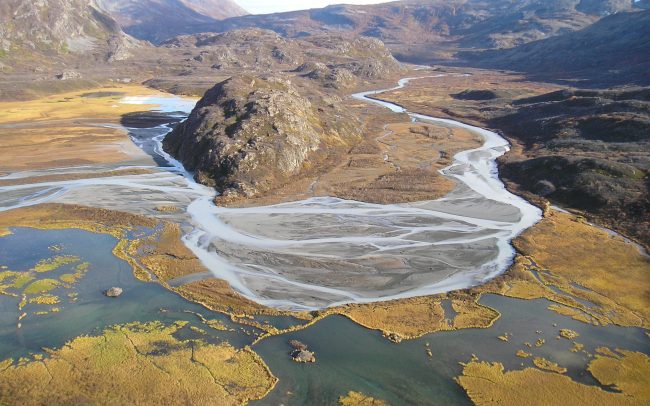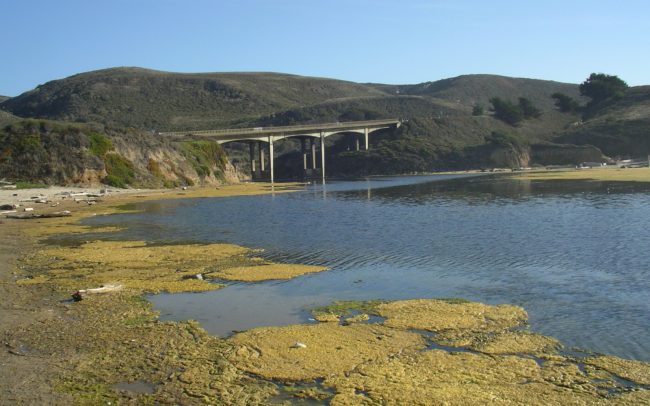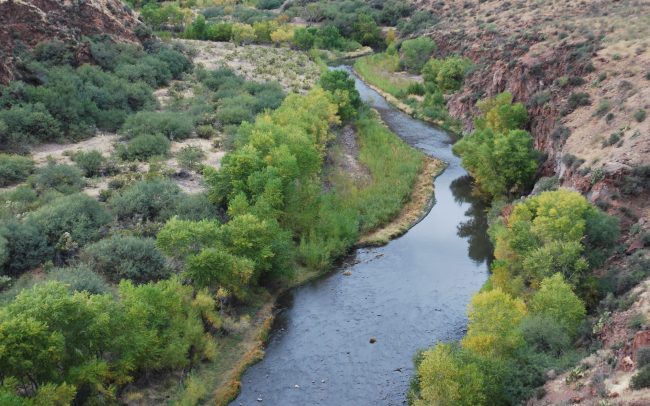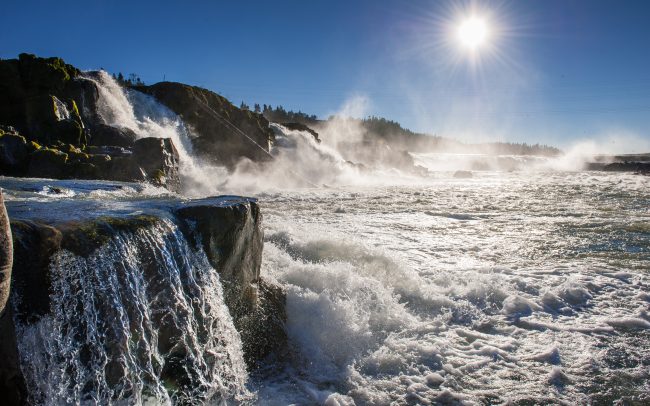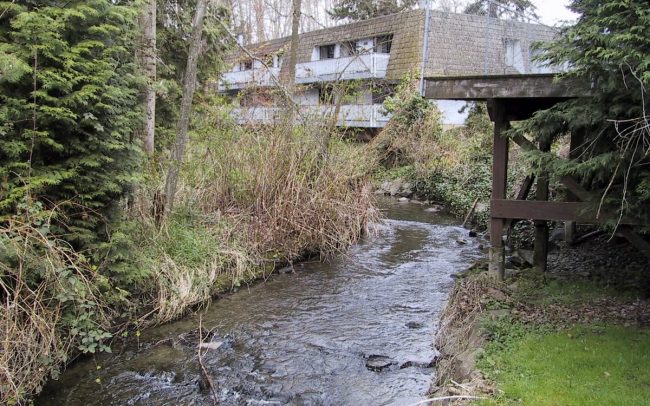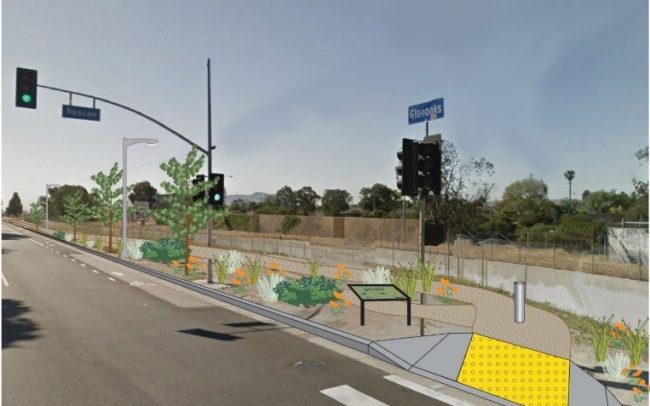Sediment Transport Models
Many biological, ecological, and engineering problems in river management center on the dynamics of sediment transport through the river network. We routinely use sediment transport models to characterize instream habitats, develop strategies for gravel augmentation, assist in planning dam removals, and describe dynamics of contaminated fine sediment transport. Our staff includes renowned experts in the field of sediment transport dynamics, allowing us to provide tailored solutions to help inform complex issues in river management.
Why use sediment transport models?
Numerical models provide the basis for understanding the geomorphic conditions in river ecosystems and are a valuable contribution towards solving complex issues in environmental management. Using numerical models provides the ability to simulate future scenarios under altered watershed conditions, allowing us to pose “what if?” planning and management scenarios.
Suite of Models
Our sediment transport models are developed in-house, in conjunction with leading academics specializing in sediment transport dynamics. The models can be customized for a particular river system or condition, or to address specific questions. Model development, validation, and testing are described in several publications in some of the leading academic journals for sediment transport. Sediment transport models developed by Stillwater Sciences include:
TUGS (The Unified Gravel-Sand) model simulates the transport of both gravel and sand in predominantly gravel-bedded rivers. TUGS model incorporates the latest research in sediment transport, including accurately predicting interactions between gravel and sand particles. TUGS can be useful in predicting changes to the river bed based on changes in sediment and water supply to a river. For more information about this model, download a documentation publication and a publication with TUGS applied to the Sandy River, OR.
DREAM-1 (Dam Removal Express Assessment Model 1) was developed to simulate the movement of pulses of fine sediment (sand or finer) in rivers with different bed material conditions. The models were developed initially for simulating sediment transport following dam removal but have wide applicability to other questions of sediment transport (e.g., natural landslides or gravel augmentation downstream of dams), especially where the interactions of different sediment sizes have the potential to affect habitat conditions.
DREAM-2 (Dam Removal Express Assessment Model 2) was developed to simulate the movement of pulses of coarse sediment (gravel or coarser) in rivers with different bed material conditions. For more information about DREAM, download the Model and Validation publication and the Sample Runs and Sensitivity Tests publication, as well as a publication documenting flume experiments that validate DREAM.
RELATED SERVICES:
- Biological Monitoring
- Fish Passage
- Watershed Assessment

